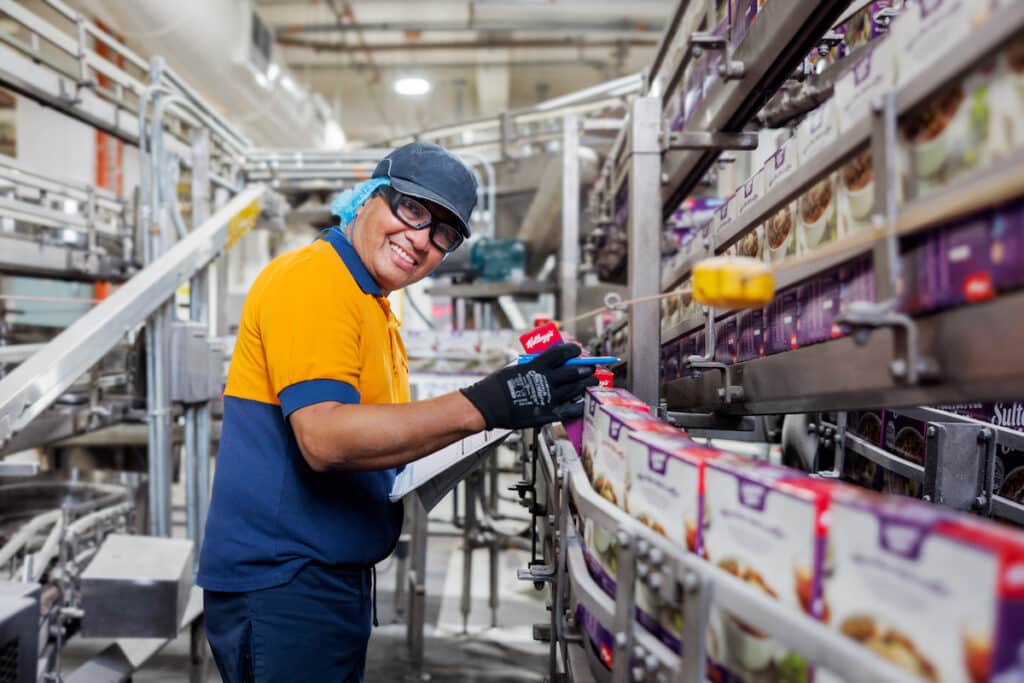As a business finance broker and business planning expert, I’ve helped many clients buy a manufacturing facility, large manufacturing businesses or factory. This can be a complex and expensive business purchase, so it’s important to assemble a team of knowledgeable professionals to help you through each step.
With the right approach and knowledge, the acquisition of a great manufacturing company can be financially rewarding. In this guide I’ll walk you through the process of buying a factory in Australia, sharing information and data you need to help you through this big investment.
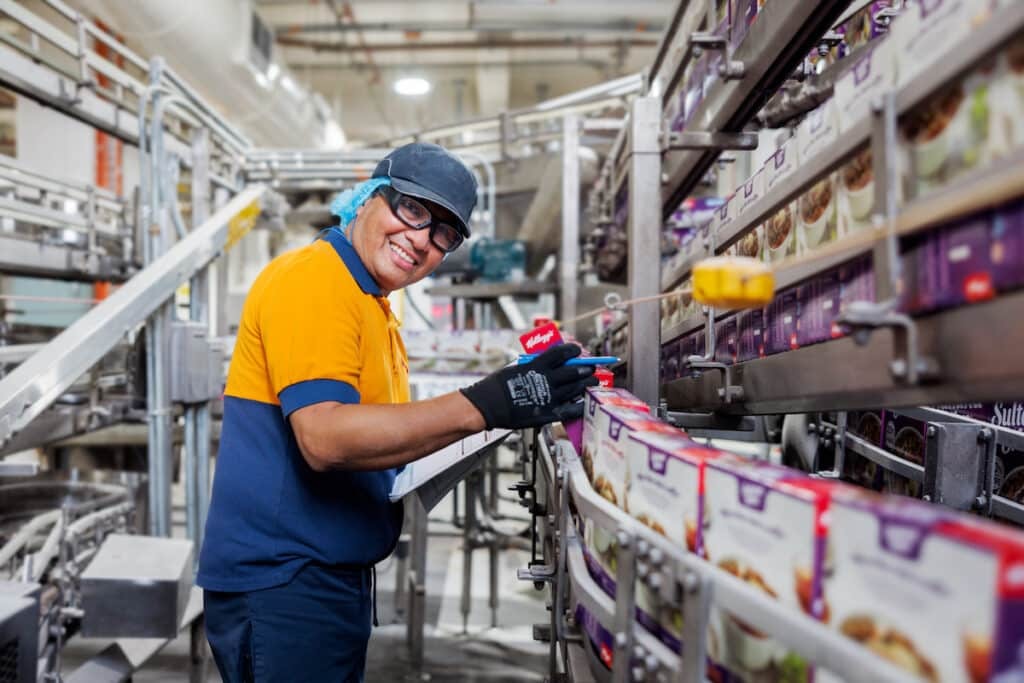
The Australian Manufacturing Landscape
Before we get into buying a factory, let’s understand the current state of the manufacturing industry in Australia.
According to the Australian Bureau of Statistics (ABS) as of 2021 manufacturing contributes about 5.6% to Australia’s GDP. This percentage has decreased over the years due to global competition and automation but manufacturing is still a big part of the Australian economy, employing over 860,000 people.
The Department of Industry, Science, Energy and Resources says Australian manufacturing is moving towards high value advanced manufacturing. This presents both challenges and opportunities for buyers.
Buying a Manufacturing Business in Australia
1. Decide on Your Manufacturing Niche
The first step in buying a factory is to decide which niche you want to go into. Australia has several strong manufacturing sectors:
-
Food and Beverage Manufacturing
-
Machinery and Equipment Manufacturing
-
Chemical Manufacturing
-
Pharmaceutical Manufacturing
-
Metal Product Manufacturing
Consumer staples, such as food and beverage products, demonstrate resilience during economic downturns, ensuring lasting value and customer retention.
According to IBISWorld the largest manufacturing sector in Australia is Food Product Manufacturing which accounts for about 25% of the industry’s revenue.
When choosing your niche consider market demand, competition, regulatory environment and your own expertise or interests.
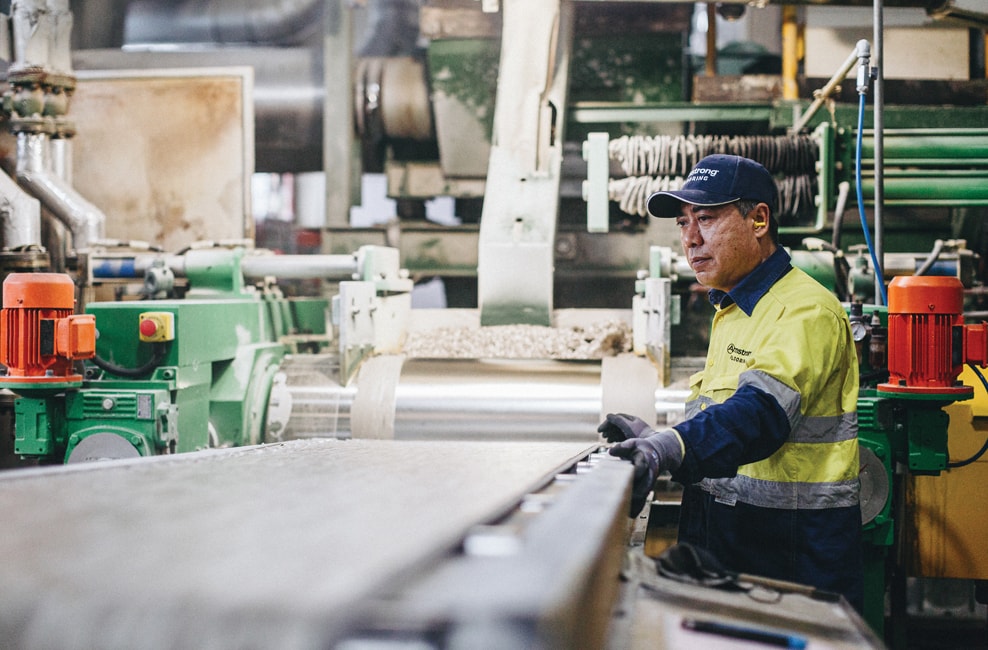
2. Financial Planning
Buying a large factory in Australia is a big financial commitment. The cost can be several million to hundreds of millions of dollars depending on size, location and type of facility.
For example in 2019 Coca-Cola Amatil sold its factory in South Australia for $25 million. On the higher end in 2018 Nufarm sold its factory in Western Australia for $303 million.
To prepare financially:
-
Establish your existing funds
-
Look into financing options (more on this later)
-
Consider partnership or investment opportunities
Remember the purchase price is just the beginning. You will also need funds for operations, potential renovations or upgrades and working capital. Ensure that your financial planning aligns with your intended business model to guarantee profitability.
3. Market Research and Facility Search
Now that you have decided on your niche and financial capacity it’s time to search for facilities. This process involves:
-
Engaging with business brokers specialising in manufacturing
-
Searching online business marketplaces
-
Networking within the industry
-
Exploring distressed asset sales
When looking at facilities consider:
Item |
Consideration |
|---|---|
Location |
Proximity to suppliers, customers and transportation hubs. The geographical proximity of the manufacturing plant is crucial as it simplifies monitoring the manufacturing process and ensures better quality control. |
Size & Capacity |
Does it meet your production requirements? |
Condition of equipment |
This can impact your initial capital expenditure |
Compliance with regulations |
Especially important in sectors like food or chemical manufacturing |
The Australian Government’s business.gov.au website has resources on industry regulations and compliance requirements.
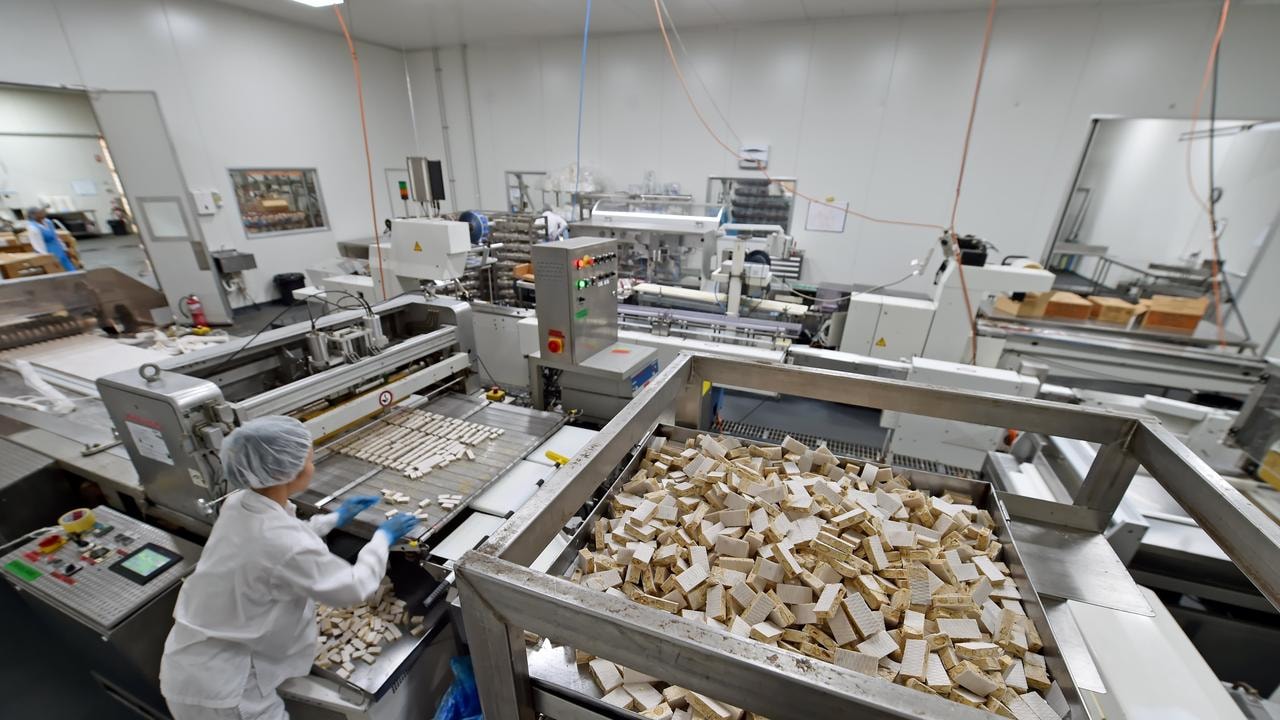
4. Due Diligence
Due diligence is critical when buying a factory. This process includes:
Financial Due Diligence:
-
Review of financial statements
-
Cash flow analysis
-
Outstanding debts and liabilities
According to a KPMG Australia report inadequate financial due diligence is one of the top reasons for post acquisition issues in manufacturing buyouts.
Operational Due Diligence:
-
Production processes
-
Supply chain relationships
-
Quality control measures
-
Maintaining relationships with existing customers
Legal Due Diligence:
-
All contracts and agreements
-
Intellectual property rights
-
Ongoing legal issues
Environmental Due Diligence:
-
Environmental compliance
-
Potential contamination issues
This is especially important in Australia where environmental regulations are strict. The National Environment Protection Council has guidelines on site contamination assessment.
5. Valuation
Valuing a factory is complex. Here are some common methods:
-
Asset based valuation
-
Income based valuation
-
Market comparison approach
Understanding the size and stability of the customer base is crucial during the valuation process, as it impacts potential profitability and longevity.
According to the Australian Property Institute the most common method of valuing manufacturing facilities is the income approach, particularly the capitalisation of earnings method.
It’s best to engage a professional valuer with experience in manufacturing facilities. The Australian Valuers Institute can provide a list of qualified valuers.
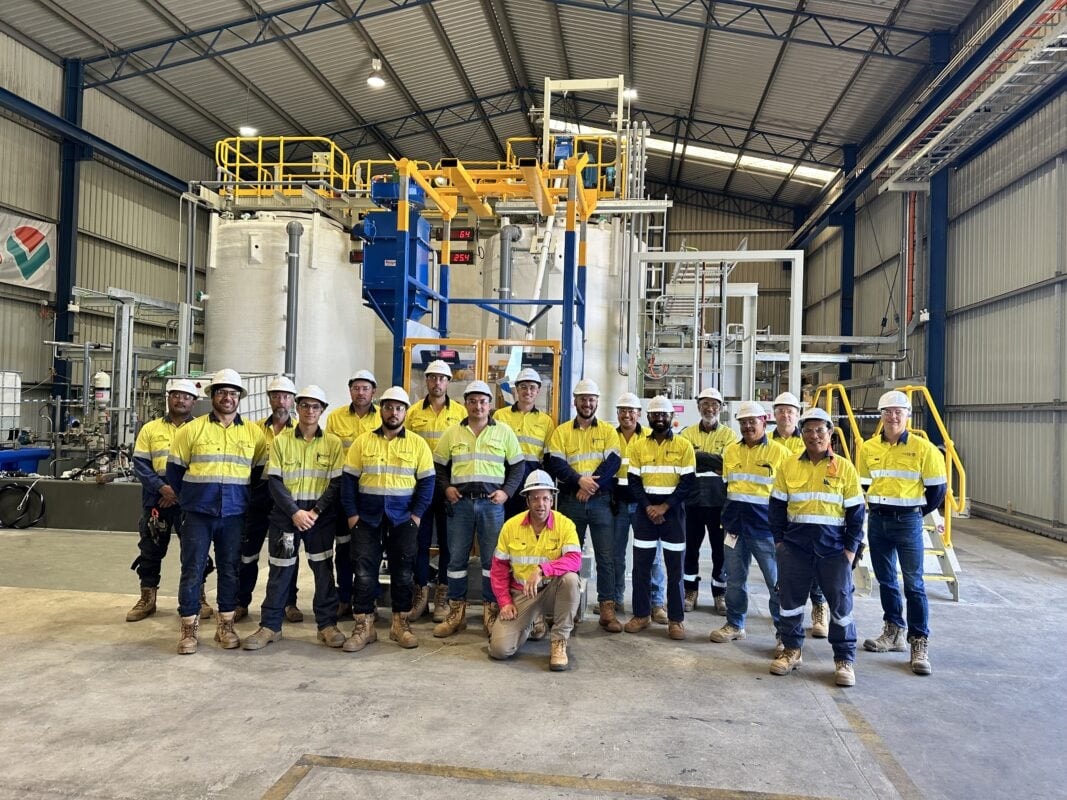
6. Financing
Unless you can pay cash, you will need to finance. Common options include:
Option |
Type |
|---|---|
Business loans |
Major banks like Commonwealth Bank, ANZ and Westpac offer business loans for big ticket items, as do regional banks and lenders. Consider working with a commercial finance broker to get the best terms. |
Asset based lending |
Using the facility and equipment as security. |
Government assistance |
The Australian Government has various programs to support manufacturing, such as the Modern Manufacturing Initiative. |
When deciding between domestic and offshore manufacturing options, it’s important to consider the financial implications. Offshore manufacturing can offer lower costs and greater variety, but it also has implications for supply chains and supplier relationships.
According to the Reserve Bank of Australia as of 2021 the average business loan interest rate for large businesses is around 3.5%. But rates will vary depending on the circumstances of the purchase.
7. Negotiation and Purchase Agreement
Once you’ve done due diligence and financing, it’s time to negotiate. Key points of negotiation include:
-
Purchase price
-
Asset allocation
-
Representations and warranties
-
Indemnification clauses
-
Transition assistance
-
Reliability of raw material suppliers
You should engage an experienced lawyer for this process. The Law Council of Australia can provide a list of solicitors who specialise in business acquisitions.
8. Regulatory Approval
Depending on the size and type of acquisition you may need regulatory approval. The main body for large business acquisitions in Australia is the Australian Competition and Consumer Commission (ACCC).
If your purchase is over certain thresholds (as of 2021, generally $94 million) you will need to notify the ACCC under the merger notification process.
Foreign buyers should be aware of additional regulations. The Foreign Investment Review Board (FIRB) must approve foreign acquisitions of Australian businesses valued at $281 million or more (as of 2021).
9. Transition and Integration
Once the purchase is done the real work begins. A smooth transition is critical to maintaining productivity and retaining staff. Key parts of transition include:
-
Communication with staff
-
Integration of systems and processes
-
Review and potential renegotiation of supplier contracts
-
Implementation of any planned changes or upgrades, emphasizing the importance of integrating new technology to drive innovation and modernization
According to a Deloitte Australia study effective change management during the transition period is a key to successful manufacturing acquisitions.
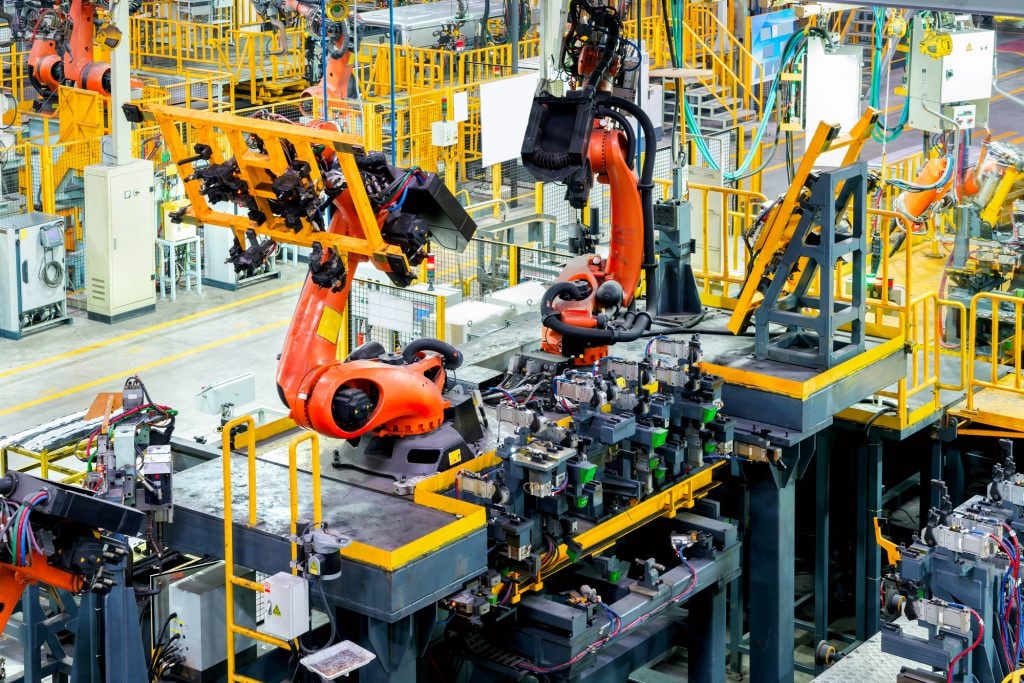
Challenges and Considerations
Buying a manufacturing facility in Australia comes with its own set of challenges: When considering the purchase of a manufacturing company, it is crucial to conduct thorough due diligence, assess lease agreements, evaluate the customer base, and understand the unique selling points and business model to determine potential profitability.
1. Skills Shortage
Australia’s manufacturing sector has a big skills shortage. The Australian Industry Group’s 2019 Workforce Development Needs Survey found 75% of employers reported skills shortages in manufacturing.
When buying a facility assess the existing workforce and consider training and recruitment strategies.
2. Energy Costs
Energy costs are a big issue for Australian manufacturers. According to the Department of Industry, Science, Energy and Resources energy costs account for up to 15% of total input costs for some manufacturing sectors.
When evaluating a facility look at its energy efficiency and explore options for renewable energy.
3. Automation and Technology
The future of manufacturing in Australia is automated and high tech. The CSIRO’s Advanced Manufacturing Roadmap says Industry 4.0 is key.
Look at the level of automation in the facility and factor in upgrade costs.
4. Environmental Regulations
Australia has tough environmental regulations for manufacturers. The National Pollutant Inventory requires many manufacturers to report on their emissions and waste.
Make sure any facility you’re considering is compliant with current regulations and consider future trends in environmental policy.
5. Global Competition
Australian manufacturing is up against countries with lower production costs. According to the Productivity Commission import competition has been a major factor in the decline of manufacturing in Australia’s GDP.
When buying a manufacturing facility consider your competitive advantage in the global market.
Case Study – Buying a Food Manufacturing Facility in Victoria
To demonstrate the process, let’s look at a hypothetical case study of buying a medium-sized food manufacturing facility in Victoria. This example will illustrate the key considerations and steps necessary when acquiring a manufacturing company.
Facility Details:
-
Location: Outer suburbs of Melbourne
-
Size: 15,000 square metres
-
Current Production: Dairy products
-
Asking Price: $40 million
Step 1: The buyer, a company already in the food industry, saw this facility as a strategic acquisition to add dairy products to their range.
Step 2: Financial preparation involved getting a bank loan for 60% of the purchase price and the balance from company reserves and a capital raise from existing shareholders.
Step 3: Due diligence found:
-
Facility was running at 70% capacity so there was room for growth
-
Equipment was good but some key machines would need to be upgraded in 2 years
-
Good environmental compliance record
-
Stable workforce but some key management positions were nearing retirement
Step 4: Valuation came in at AUD 38 million based on asset valuation and earnings multiple.
Step 5: Negotiations ended up at AUD 39 million and the sellers agreed to stay on for 6 months.
Step 6: ACCC notification was required but was approved unconditional.
Step 7: Transition plan included:
-
Retention bonuses for key staff
-
12 month systems integration plan
-
Capital expenditure plan for equipment upgrades
12 months after the acquisition production was up 15% and the facility was on track to meet its 5 year growth targets.
Ready to go?
Buying a manufacturing facility in Australia is a big job that requires careful planning, due diligence and deep pockets. But for those who have the right skills and strategy it can be a great investment.
The Australian manufacturing sector is evolving and adapting. The government’s Modern Manufacturing Strategy announced in 2020 aims to make Australia a high quality and sustainable manufacturing nation, focusing on six areas: resources technology and critical minerals processing, food and beverage, medical products, recycling and clean energy, defence and space.
When buying a manufacturing facility remember every acquisition is different. The key to success is preparation, engagement of experts and a clear vision for the facility under your ownership.
Whether you’re expanding an existing manufacturing business or entering the industry for the first time, buying a manufacturing facility can be a game changer. With the right approach it can put your business at the forefront of Australian manufacturing.
